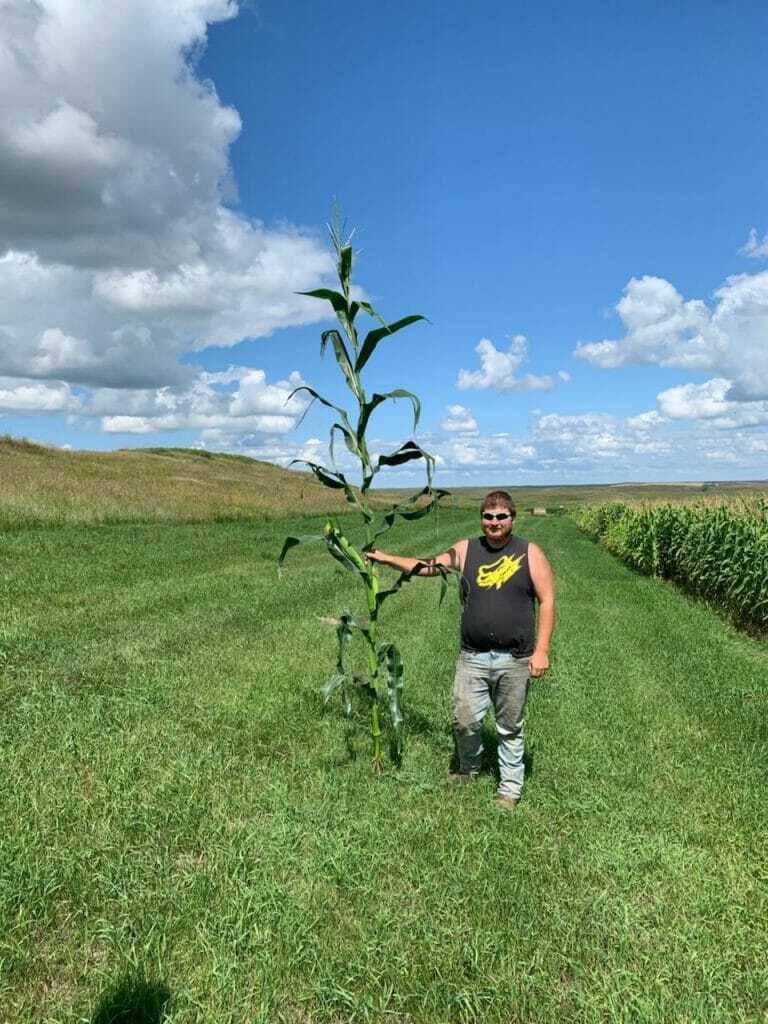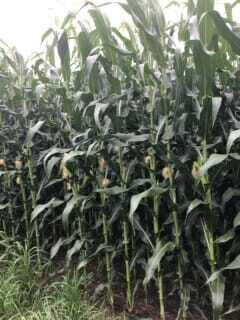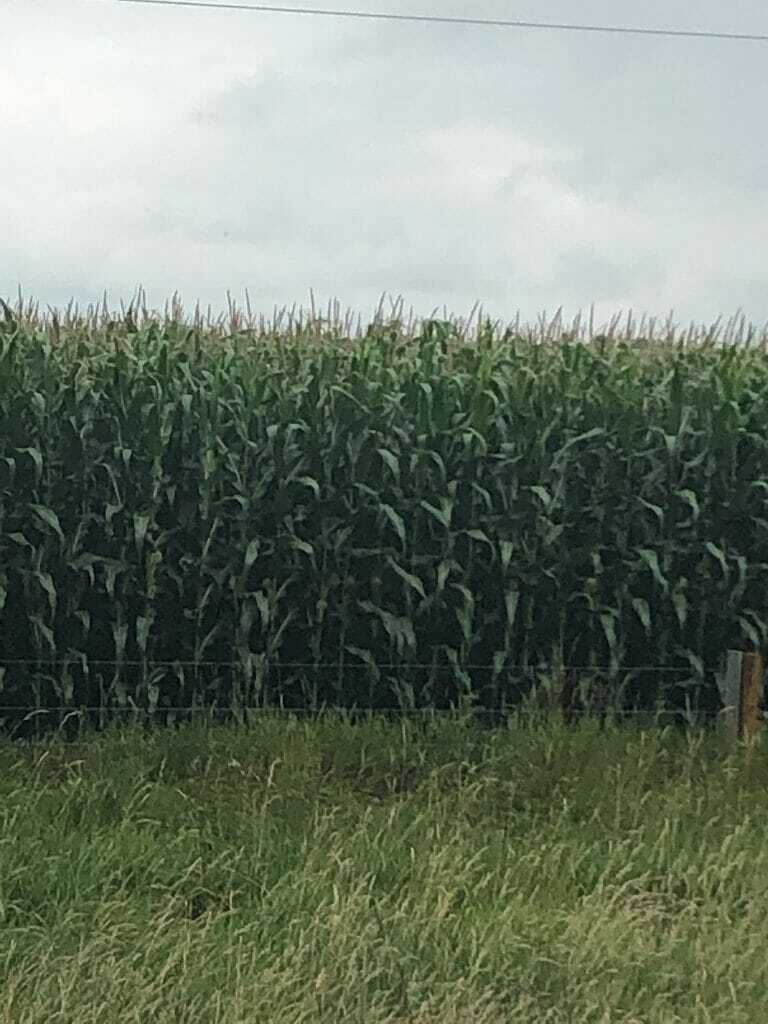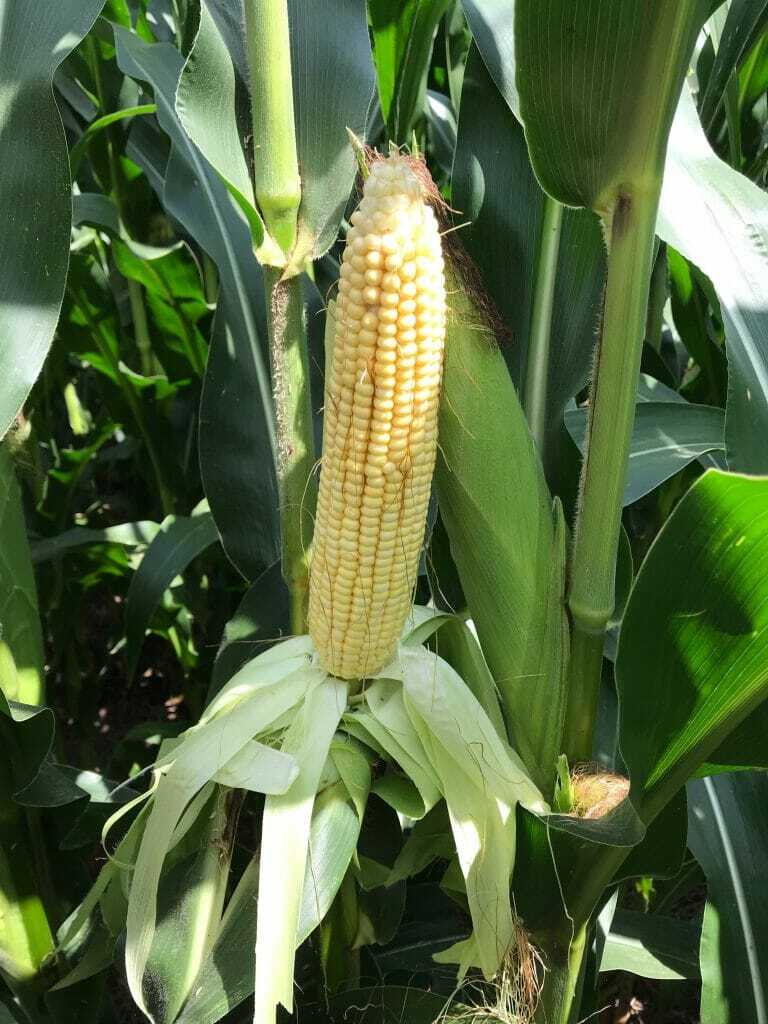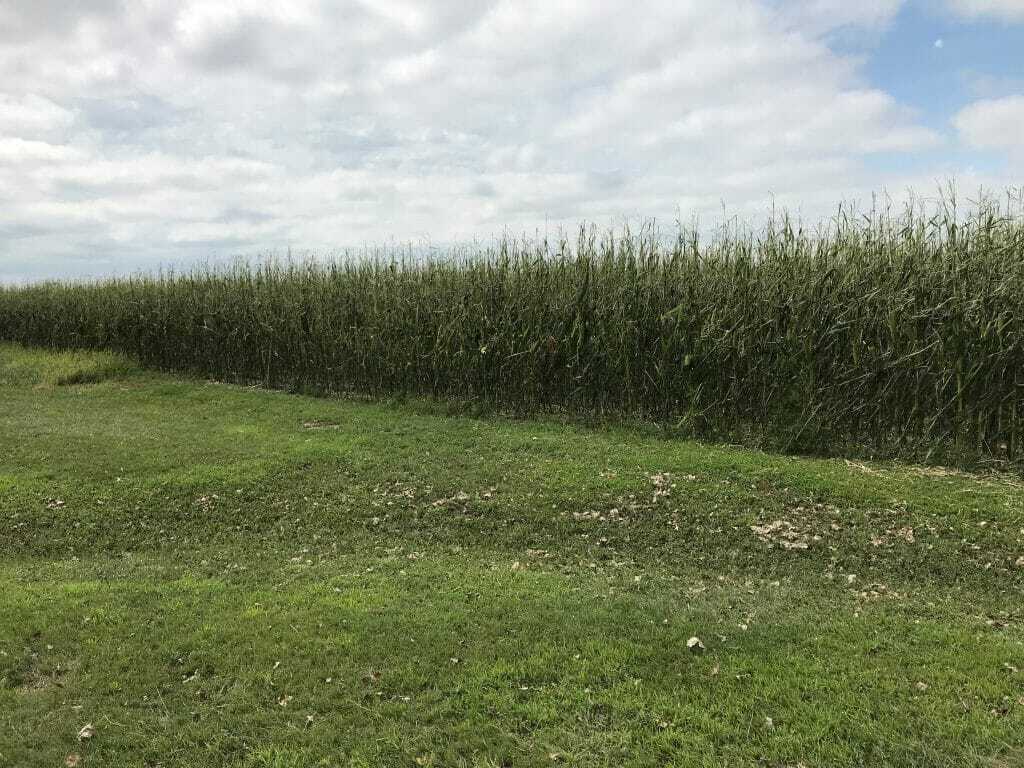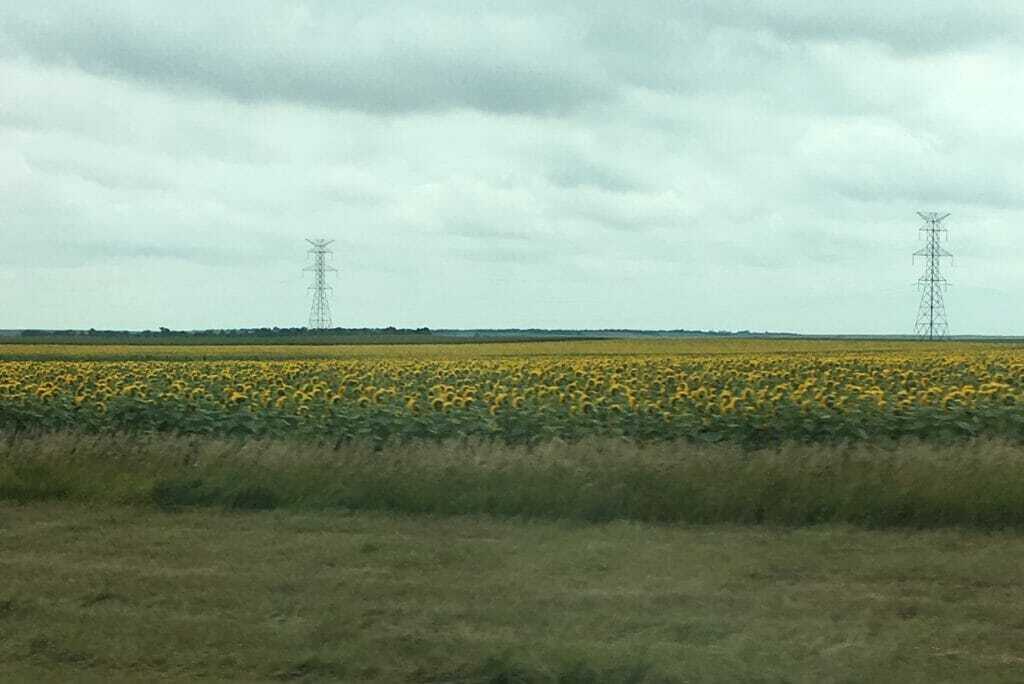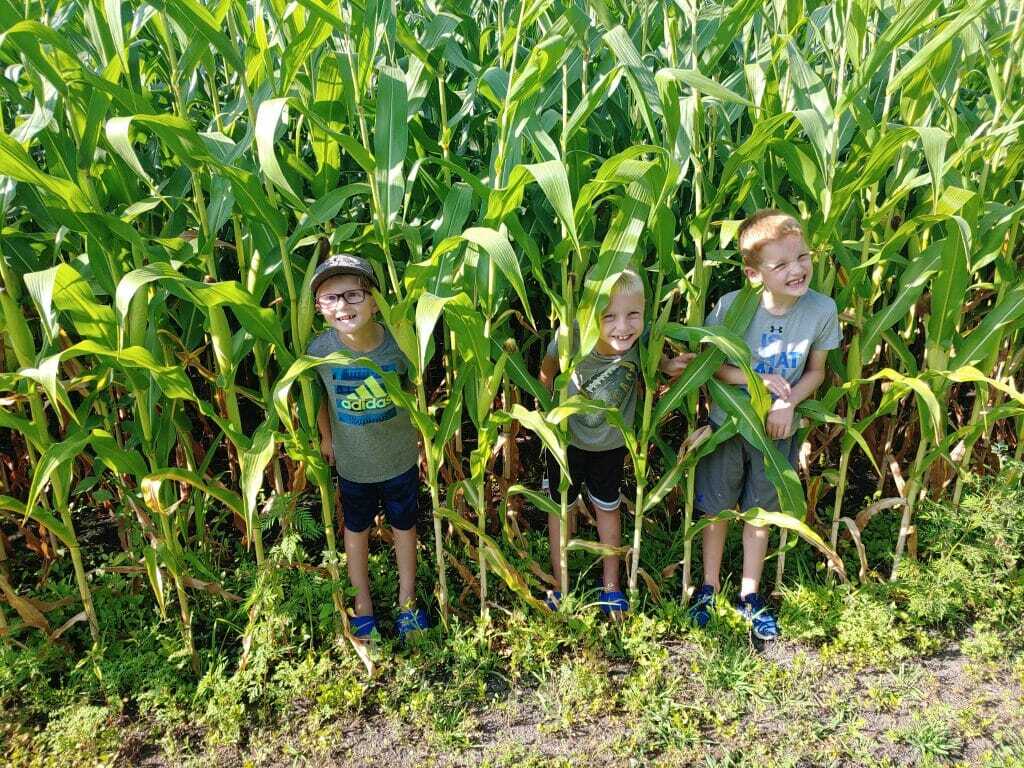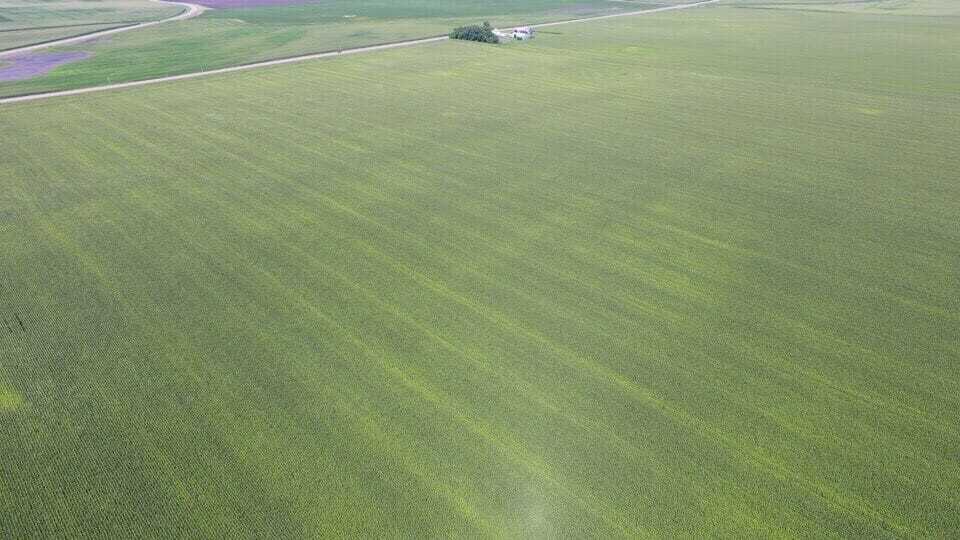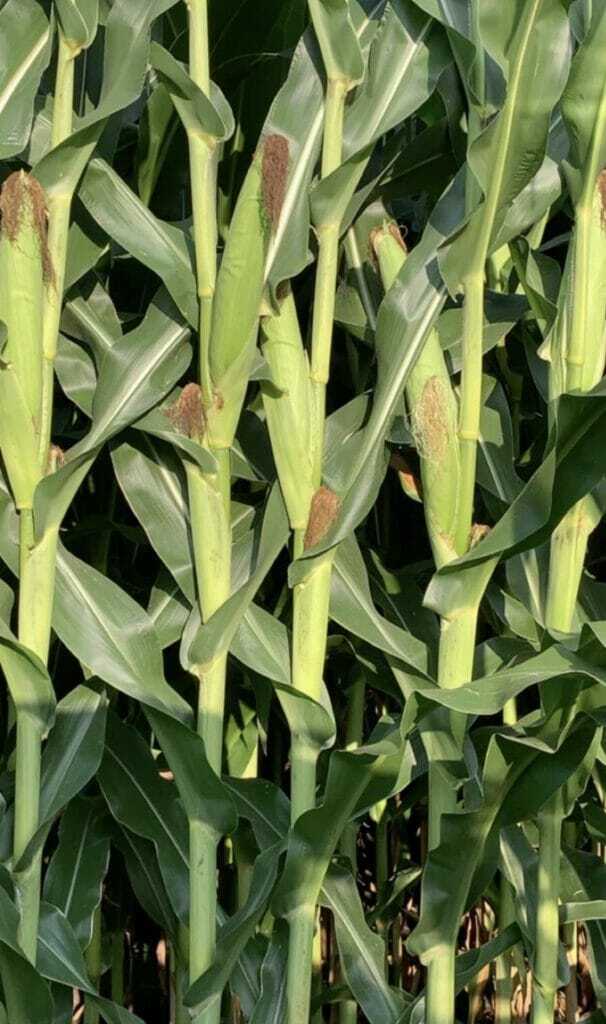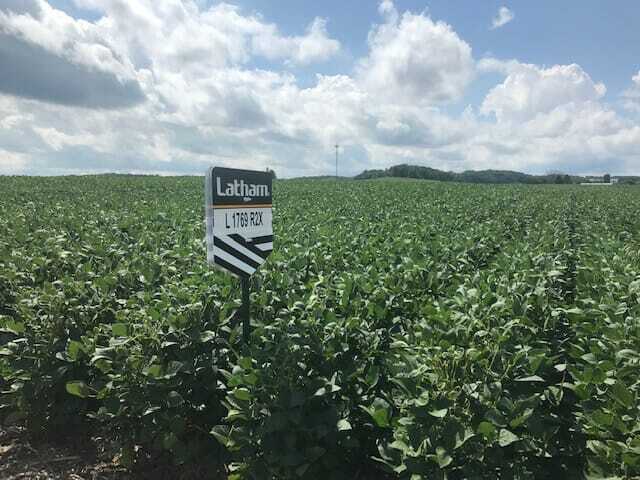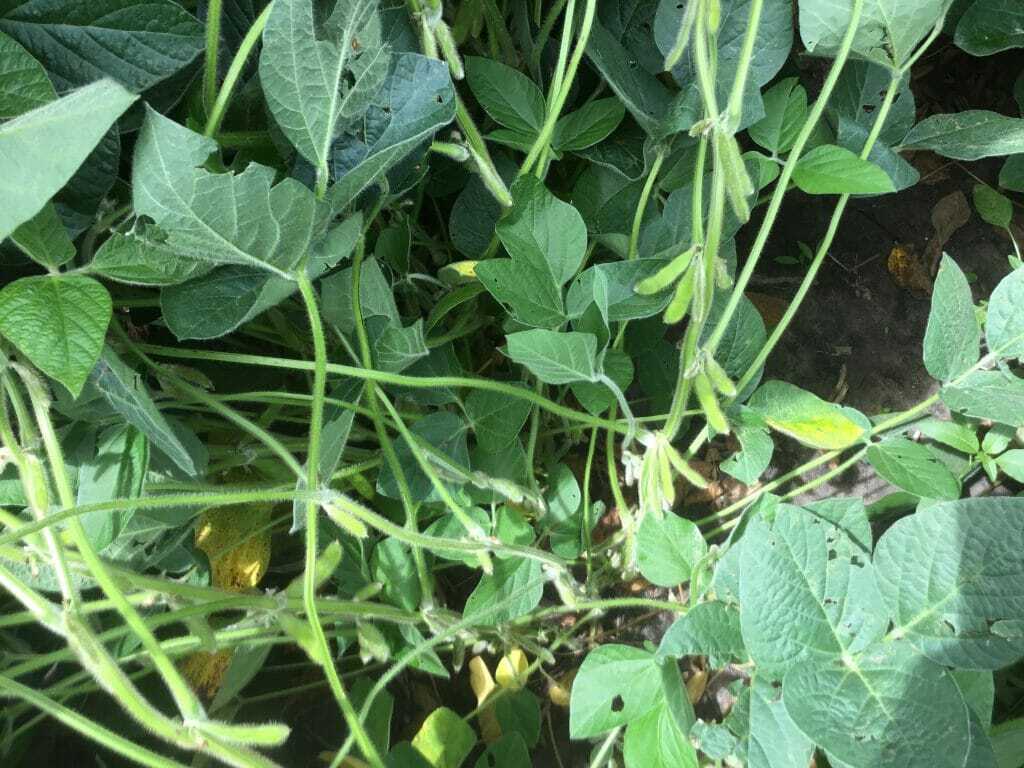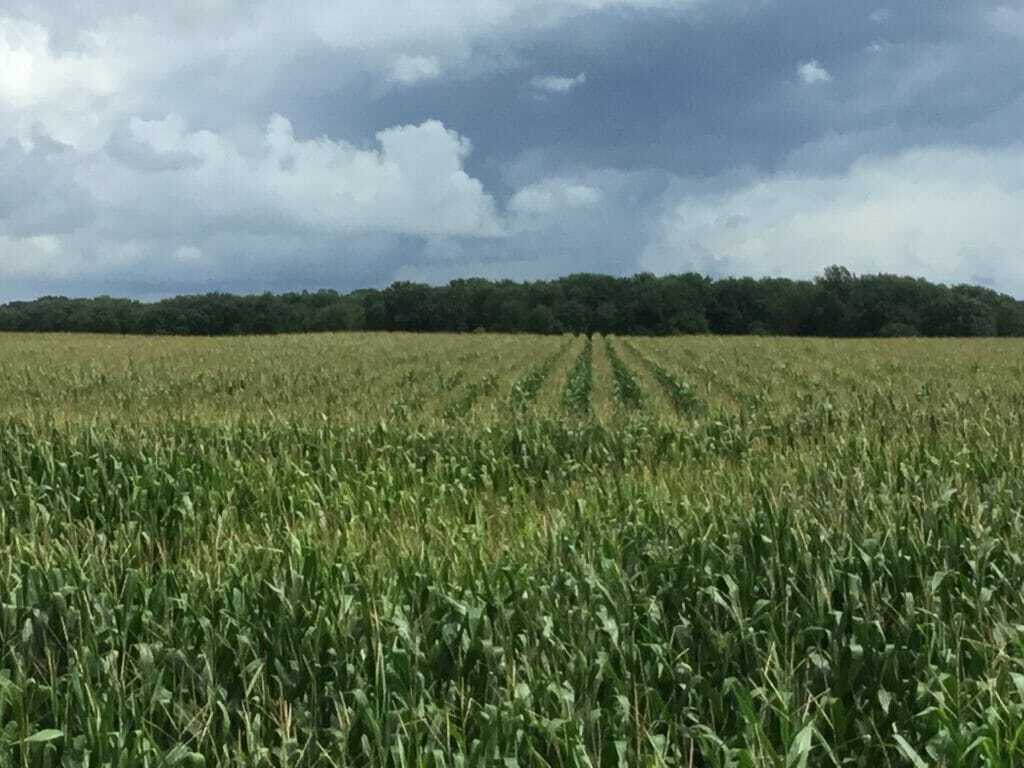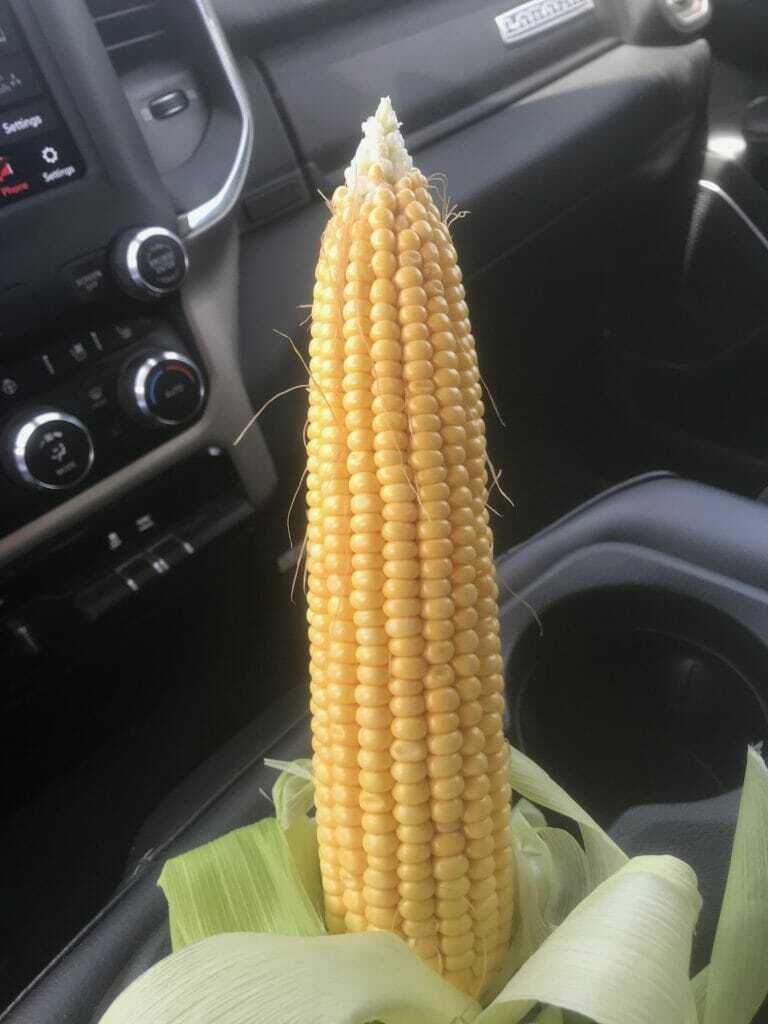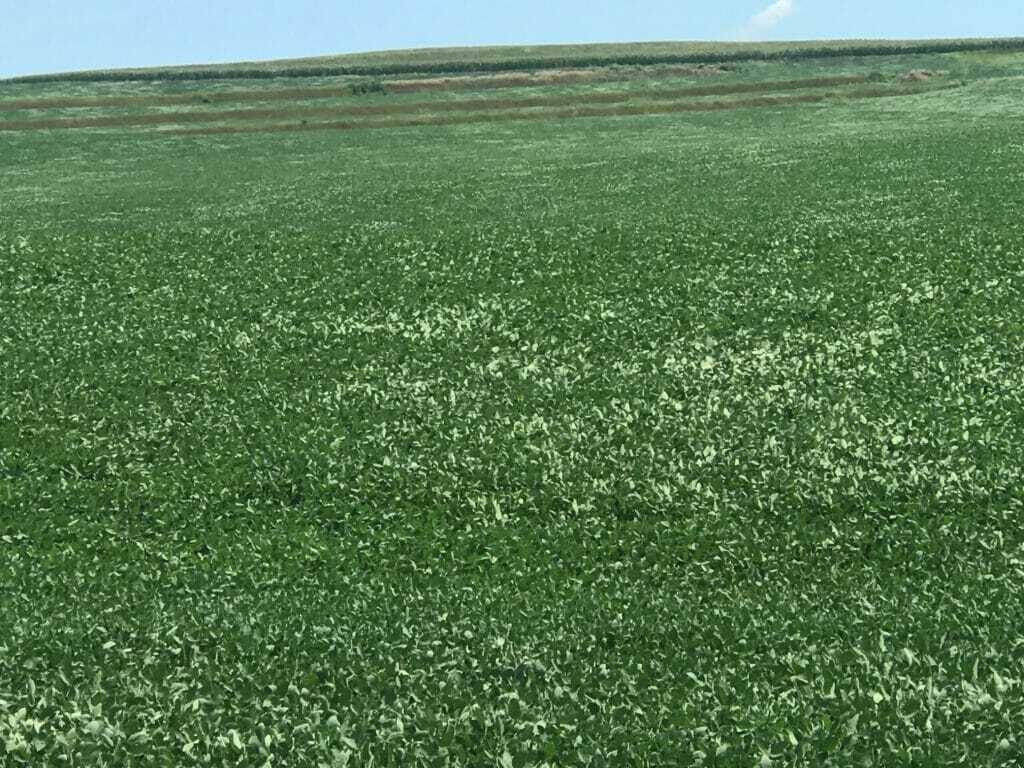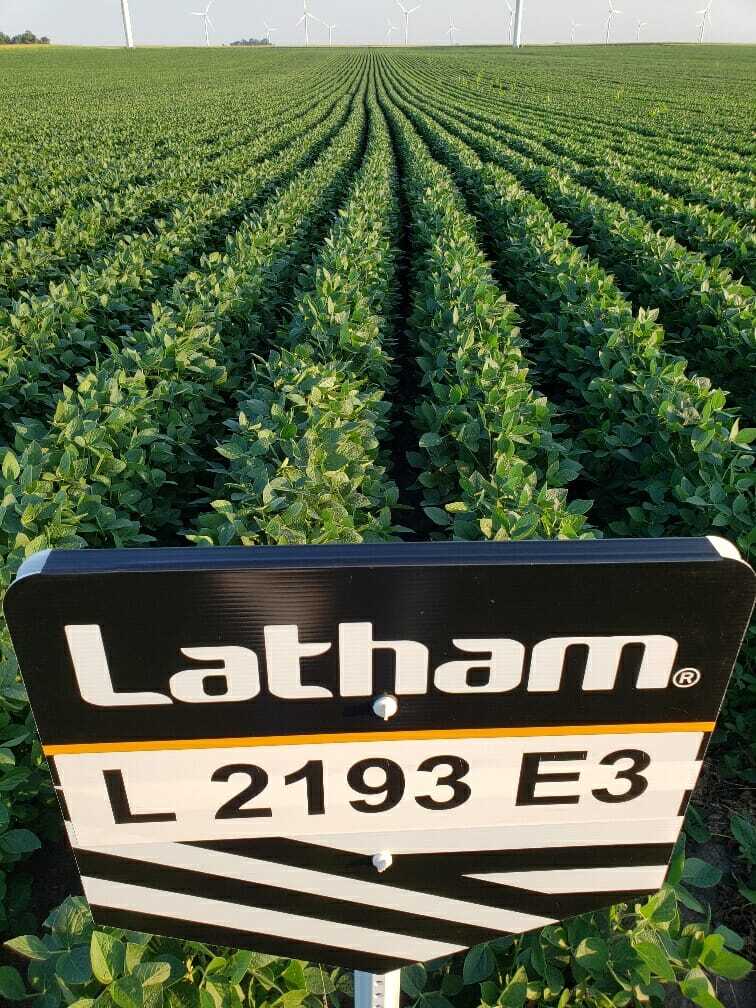Northeast North Dakota
Gary Geske
For the third consecutive year, this Latham® dealer is using our conventional/leafy corn hybrids for silage. Latham’s silage mainstay LH 5062 GT/LFY continues to be a rock star in this area. If you have the ability to grow conventional corn on your farm, take a look at our portfolio of products.
Southeast North Dakota
Gary Geske
Although this field of Latham® LH 4940 CNV/LFY was planted late due to a wet spring, it’s still doing what it does best. Plants are already 10 to 11 feet tall with 10+ leaves above the ear. This conventional silage hybrid, with its big dark green sunsoaker leaves, will produce tons of high quality silage this fall.
Northeast South Dakota
James Keltgen
Last week a damaging storm moved through central South Dakota causing massive destruction to crops and buildings. The damage started near Gettysburg and made its way down to Burke. This week a storm moved through eastern South Dakota, dumping up to 4.5 inches on already saturated ground. Rootworm beetles have a heavy presence in corn fields this year. We’re seeing a lot of bean leaf beetles, as well as green clover worms and thistle caterpillars in soybeans. Early planted corn is now in the milk stage and soybeans have flat pods with many still flowering and adding smaller pods.
LH 4657 VT2 PRO near Groton, SD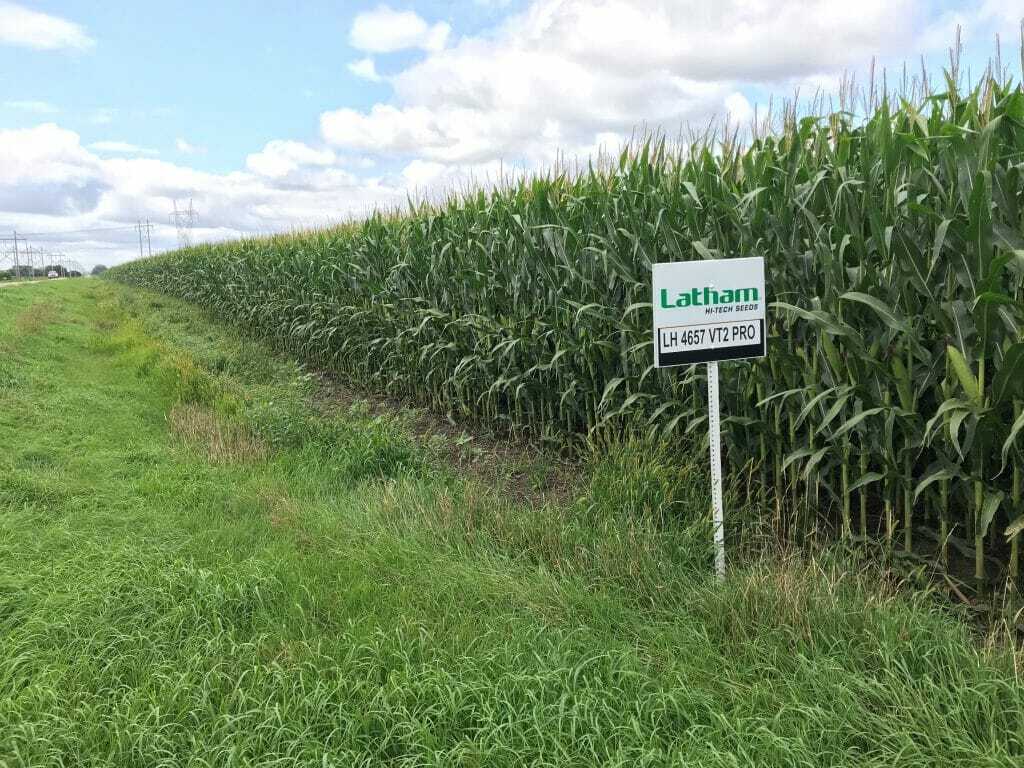
Some corn fields recently were 100% wiped out by hail.
Southeast South Dakota
Ramie Coughlin
Another 1 to 3 inches of rain fell across South Dakota on Friday, so wheat harvest is slow going. This week I’m sharing one of South Dakota’s prettiest crops. Did you know South Dakota ranks #1 in sunflower production? As you drive west through Southeast South Dakota, you can see miles of the yellow flowers. They are often used as a rotational crop for corn in western SD where moisture can be in short supply and soybeans don’t typically perform well. However, with crop innovation we are seeing more soybeans planted further and further west.
Northern Minnesota
Ken Highness
Crops in my region continue to move quickly toward maturity and harvest will soon be in full swing. Fields were stressed this season with too much moisture, so roots will be more of an issue than stalks this season. Saturated soils limit the growth of root hair and brace roots making the total mass much smaller. This will put stress on the plant later in the year. Corn plants may not have the ability to take up enough nutrients, or they may lodge if there is a late-season wind or rain event. Farmers should note these fields and prioritize them for harvest. These little farmers spent the afternoon scouting fields with their grandfather. They’re pictured in a nice looking field of Latham’s LH 4242 VT2 PRO near Barnesville, MN.
Southern Minnesota
Justin Prokosch
The effects of our wet spring are still evident in some areas of Southern Minnesota.
This soybean field in Renville County looks nice. Fungicides have been applied on numerous fields throughout this area.
Southern Wisconsin
Greg Mair
As long as the field was fit to plant corn in southern Wisconsin, the crop looks great! This field of LH 5245 VT2 PRO in Cambridge was planted on May 16 and is coming along nicely. We will need an excellent September to finish off this crop, but things are looking positive in the countryside today.
Northern Wisconsin
Joe Salter
Areas in Northern Wisconsin have received 3+ inches of rain during the past week. We’re hoping some long, warm days are ahead to finish out the month of August. Soybean varieties L 1748 R2, L 1769 R2X and L 1793 LLGT27 are looking very strong in this Latham SuperStrip plot.
Northwest Iowa
Jeremy Joynt
Crops continue to be in various stages of development, but we’re seeing some corn move into dough stage. Most fields are keeping clean of disease, but we are seeing some scattered grey leaf spot and rust. August makes soybeans! With daytime highs in the mid-70s to low-80s, heavy dew and moisture on the leaves, keep watching for aphids. The threshold is 250 per plant, but do not wait that long as aphid populations can explode rapidly.
Northeast Iowa
Craig Haaland
This field of our L 2249 Liberty soybeans in Howard County Iowa is waist high. If we receive some timely August rains, we could have a good crop. Soybeans are short throughout my territory, but short beans can yield well.
This field of Latham LH 4937 VT2 in Howard County is coming along pretty good. Farmers are finishing up spraying everything, so hopefully we can finish this crop year on a high note.
Eastern Iowa
Jerry Broders
Western Iowa
Larry Krapfl
With 16-kernels around and 42 kernels long, Latham’s LH 6317 VT2 PRO DG RIB is kicking it! A few kernels have begun to dent.
This beautiful field of Latham Liberty Link soybeans (L 3187 L) shows weed control. I’m looking forward to harvest!
West North Central Iowa
Bart Peterson
What a good looking clean field of L 2193 E3!

